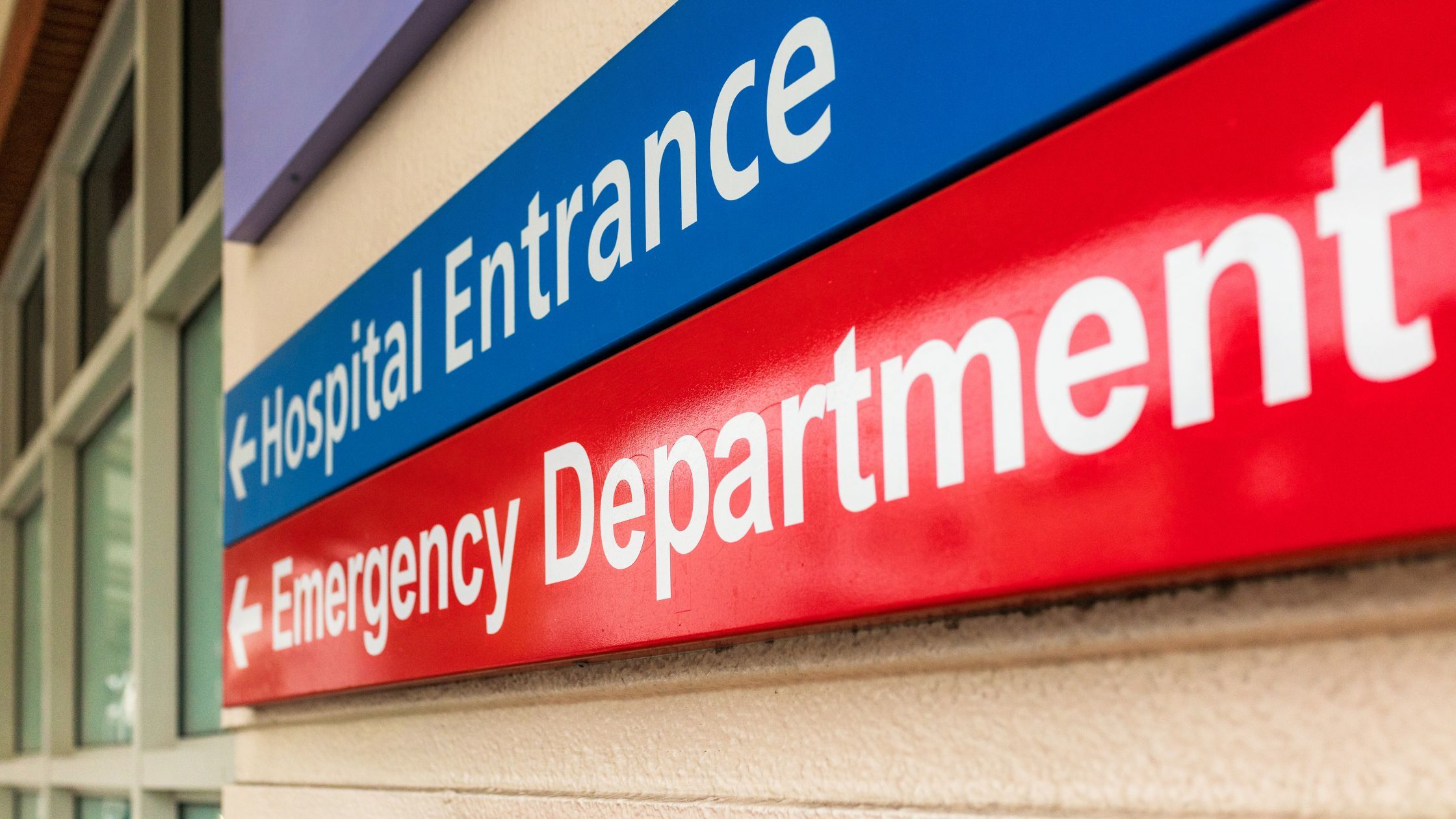What is gestational diabetes
Gestational diabetes is described as a condition leading to high blood sugar first recognized in pregnancy. The definition thus includes those who had unknown pre-existing diabetes but found to have high blood sugar level during pregnancy.
People suffer from gestational diabetes if their body cannot produce enough insulin to meet the additional needs in pregnancy.
Gestational diabetes can cause problems for both mother and baby during and after birth. However, the risk of these issues taking place may be reduced if the gestational diabetes is detected and well managed.
Who are at risk of suffering gestational diabetes?
Any woman may suffer with gestational diabetes but some women are at a higher risk of developing this during their pregnancy.
A woman is at an increased risk if:-
- Their body mass index ("BMI") is 30 or more.
- They have suffered gestational diabetes in a previous pregnancy.
- There is a family history of diabetes.
- The woman previously had a baby who weighed 10lbs or more at birth.
- A woman's family origins are from Bangladesh, Pakistan, India, Caribbean or Middle Eastern.
Failure to identify risk factors may result in a failure to conduct adequate investigations and consequently delayed or no diagnosis of gestational diabetes, which may in turn result in complications which were otherwise avoidable.
Symptoms of gestational diabetes
Often, gestational diabetes does not present associated symptomology. Nonetheless, some women do suffer symptomology including the following:
- an urge to pee more than usual;
- increased thirst;
- dry mouth and,
- tiredness
Diagnosing gestational diabetes
It is reported that most cases of gestational diabetes are only picked up when a woman's blood sugar level is tested during screening for gestational diabetes.
Every woman who presents one or more of the abovementioned risk factors, should be offered a screening test for gestational diabetes. The screening may take place at the first antenatal appointment which ordinarily occurs at around 6-8 weeks into the pregnancy.
During and prior the first antenatal appointment, the midwife shall put forward questions to determine whether the woman is at an increased risk of suffering from gestational diabetes. If a woman is of a high risk, a blood test shall be offered which may include an oral glucose tolerance test ("OGTT").
The OGTT is ordinarily performed at 24-28 weeks into the pregnancy. When undergoing the OGTT, a woman shall be asked to starve the night before the test and shall then have a venous blood glucose level measured. Following this, a glucose load shall be consumed, and a second glucose level will be taken 2 hours later to determine how the body is coping with the glucose.
If such tests are not carried out, then this may result in a delayed diagnosis which may in turn lead to complications that could have been avoided.
Treating gestational diabetes
For women suffering from gestational diabetes, the chances of experiencing problems with the pregnancy may be decreased by controlling blood sugar levels.
Women suffering from gestational diabetes should be provided a blood sugar testing kit in order to monitor blood sugar levels and effects of the treatment. Women should also be advised in respect of changes in diet and exercise and how such changes may reduce blood sugar levels. However, the majority of women will need to be treated with medication if changes in diet and exercise do not reduce blood sugar levels sufficiently.
For those suffering from gestational diabetes, their pregnancy should be monitored closely as the unborn baby may be at risk of complications.
Forms of which may be conducted are:-
- an ultrasound scan at 18-20 weeks in order to check the unborn baby's heart.
- an ultrasound scan at 28, 32 and 36 weeks.
- frequent checks from week 38 to monitor the baby's growth and the amount of amniotic fluid.
If the required treatment is not provided and/or the mother and the baby are not monitored properly, this may again result in otherwise avoidable complications.
Birth and gestational diabetes
Should blood sugar levels be within the normal levels and, should there have been no issues detected with the baby during the pregnancy, then the labour may proceed naturally. Alternatively, if blood sugar levels are increased and/or there have been issues with the baby, women are most likely offered the opportunity to have their labour induced after week 38.
If labour does not start naturally by 41 weeks, a woman suffering from gestational diabetes should be recommended to be induced or to undergo a caesarean section.
A woman suffering from gestational diabetes should give birth in a hospital setting to ensure there is sufficient monitoring.
During the labour itself, a woman's blood sugar levels should be monitored and measured on an hourly basis. If a woman has been treated with insulin during the pregnancy, it may be appropriate for the woman to continue receive this medication intravenously.
At birth, the baby's blood glucose levels should be measured. Should levels be low, the baby may be fed intravenously. Babies may need to be monitored closely in the neonatal clinic.
Postnatally, women may discontinue their treatment and should have a further OGTT taken at 6 weeks. The baby will still be at risk of hypoglycaemia immediately post birth, so early feeds and close monitoring should be advised.
Mothers with a BMI of 30 or more should be advised regarding weight loss, maintenance of a healthy diet with exercise and further advised about the high possibility of recurrence in future pregnancies.
How gestational diabetes can affect pregnancies
Whilst most suffering from gestational diabetes shall have otherwise normal pregnancies with healthy babies.
However, gestational diabetes may cause problems such as:
- The baby growing larger than usual, this may cause difficulties during and increase chances of requiring induced labour or a caesarean section.
- Premature birth.
- Baby developing low blood sugar levels after birth.
- Baby developing jaundice after birth
- Polyhydramnios - This is too much amniotic fluid in the womb which can cause premature labour or problems at delivery.
- Stillbirth
- Pre-eclampsia - a condition that causes high blood pressure during pregnancy.
- Increased risk of developing type 2 diabetes in the future.
When gestational diabetes is not treated and/or monitored adequately
If gestational diabetes is not treated and/or monitored properly, a woman is more likely to suffer from the abovementioned problems which, may have otherwise been avoidable. These problems may be lifelong and have devastating consequences.
Should there be a failure to diagnose or manage gestational diabetes, there may be significant consequences for mother and baby.
When negligence may occur
In view of the above, negligence may take place when:
- There is a failure to conduct appropriate investigation to determine if a mother is presenting one or more of the risk factors.
- There is a failure to identify any presenting symptomology of gestational diabetes.
- Following identification of risk factors and/or symptomology, there is failure or delay to conduct appropriate assessments and examinations (notably the OGTT).
- Subsequent to diagnosis of gestational diabetes, there is failure or delay to provide appropriate treatment.
- There is failure to advise on weight loss and exercise which may obviate necessity of medication.
- There is failure or lack of monitoring which has resulted in a failure to recognise potential or existing complications.
- There is failure or delay to adopt the appropriate action when complications have been identified.
- Failure to manage the birth appropriately.
- Failure to monitor and/or treat mother and/or baby postnatally.
- Failure to appropriately advise mother postnatally.
The complications as outlined above can be lifelong and devastating. Whilst on occasions such complications are unavoidable, unfortunately, on many instances the complications are the result of negligence therefore may have been prevented if appropriate treatment was provided.
We at Hennah Haywood Law cannot turn back the clock but we can offer advice, support and representation in order to hold those responsible accountable and recover the appropriate compensation. If you are concerned that you or a loved one has experienced negligence, please contact our clinical negligence team, and a specialist solicitor shall provide a free, non-obligatory initial chat.






























